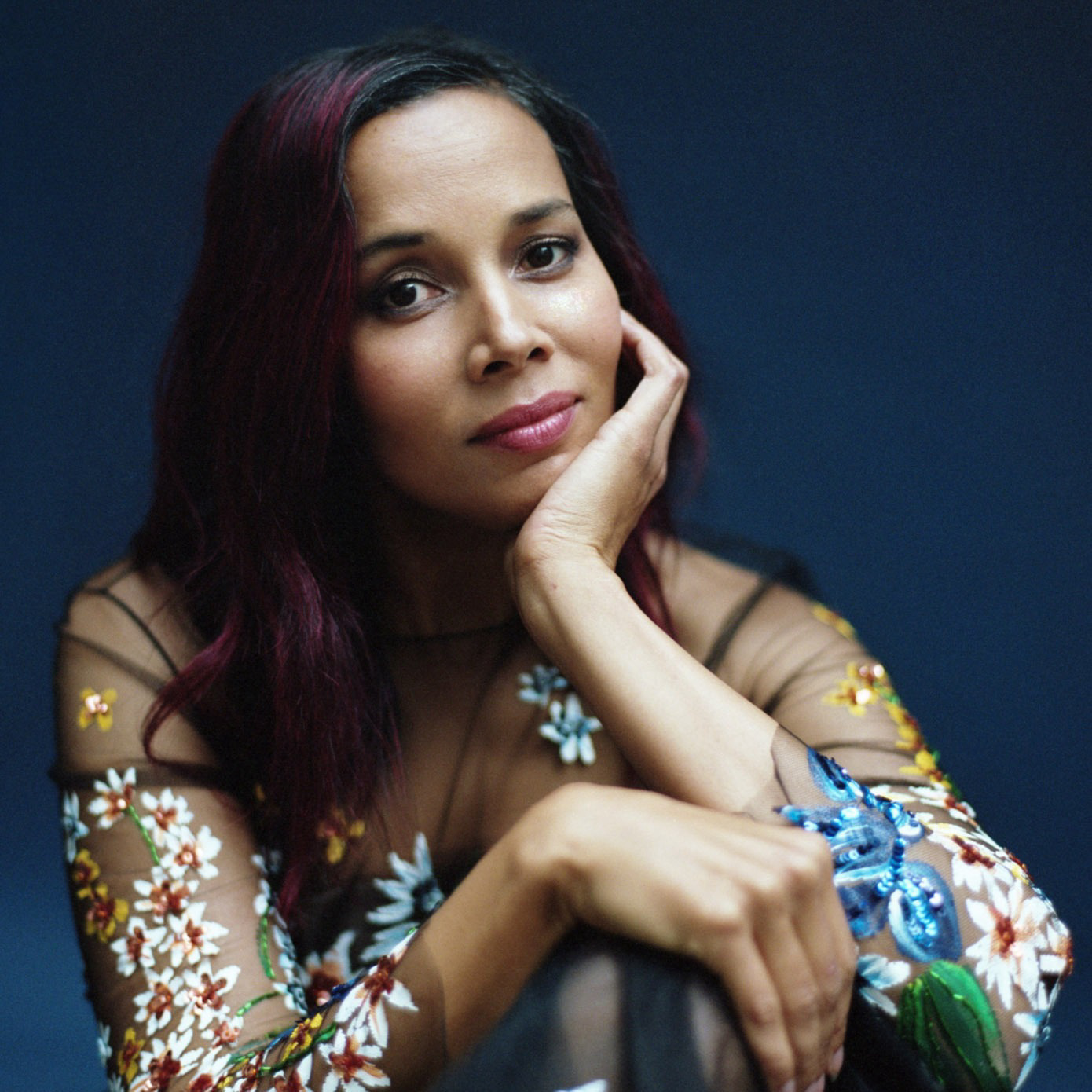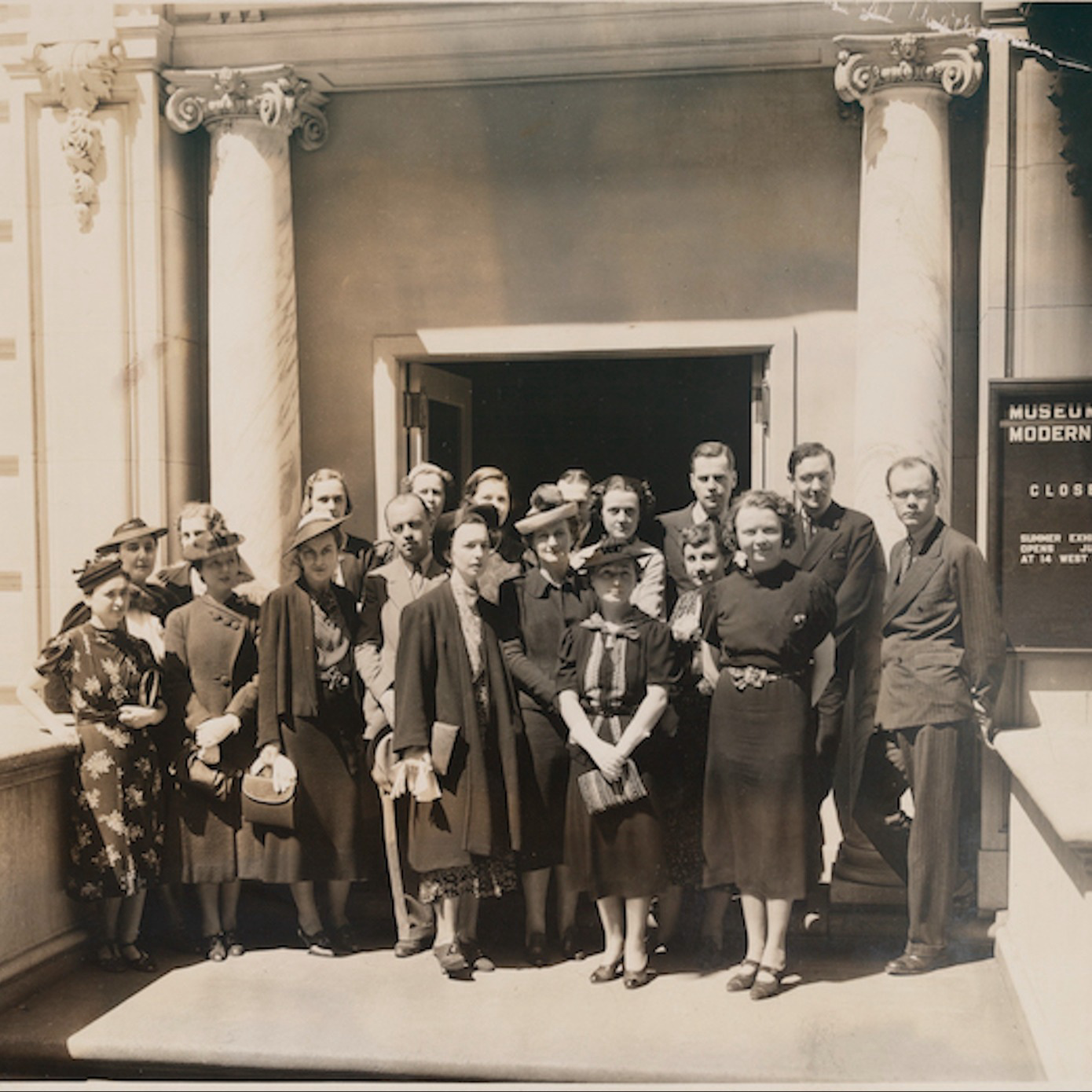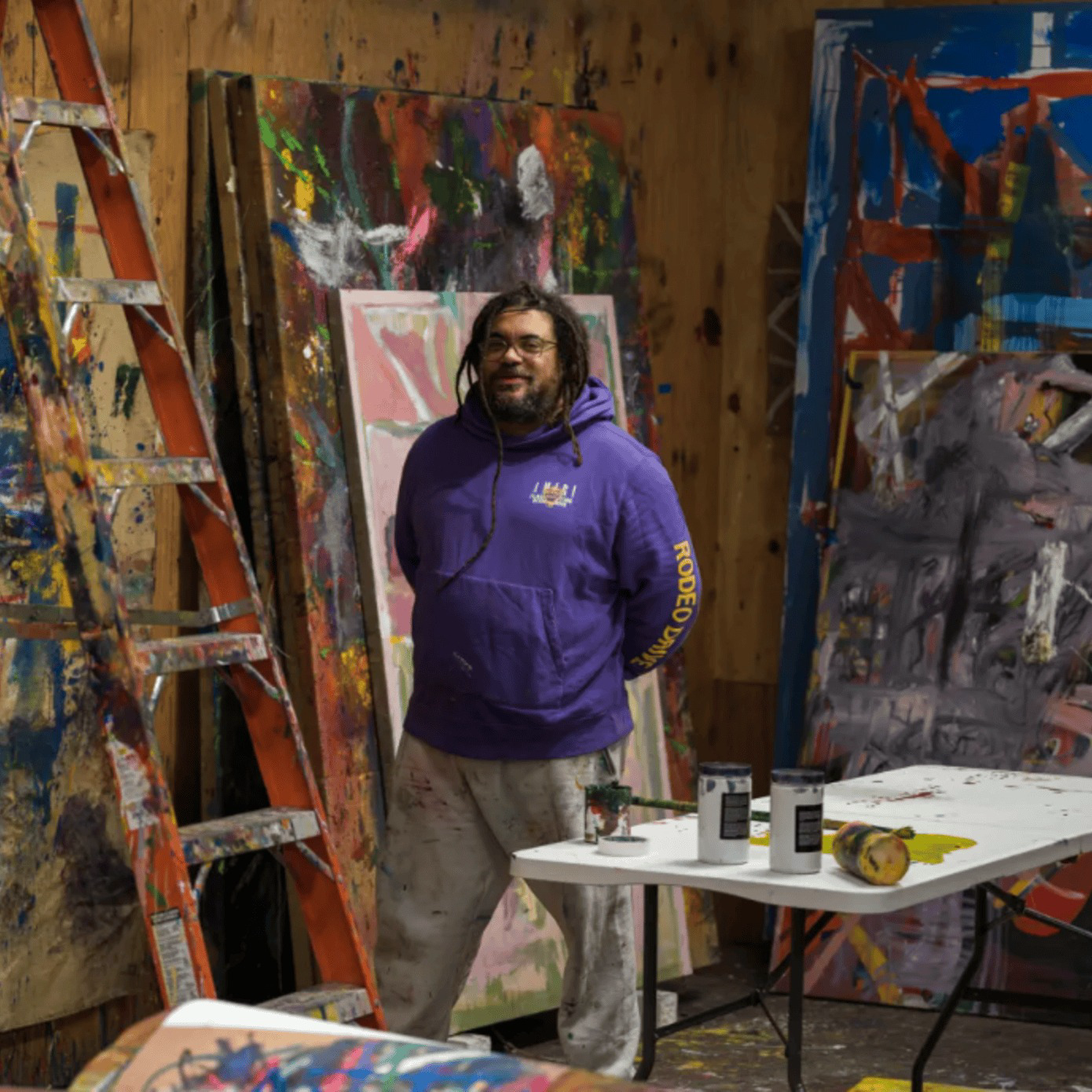
Yto Barrada mines the rich history of her native Morocco—and rewrites it—in "Klaatu Barrada Nikto," a new exhibition at the Aspen Art Museum. Here, she shares her thoughts on her show.
"I am interested in questions of authenticity when it has to do with the invention of traditions—which is apparently a paradox because a tradition is something that is transmitted, not something you make up. Many things we take for being authentically Moroccan are recent inventions.
I was working on the figure of Louis Hubert Gonzalve Lyautey, a French colonial boss in the early 20th century who implemented a lot of things in the history of Morocco—including our flag. He’s a very controversial figure and he worked in architecture, agriculture and urbanism. He really valued what he called ‘the crafts’ in Morocco, and did a big inventory of what was being made by artisans across the country.
He commissioned and curated a cataloguing of all the rugs by style and origin. But I noticed that he excluded the brightly colored Berber rugs, perhaps because they were too simple—too modern—not archaic enough, which was his idea of authenticity.
So I made a piece called Geological Time Scale with almost 50 of those monochrome rugs, collected from different tribes in Morocco. That piece is linked to a different project I was also working on about fossil forgery in Morocco today. And as I was researching the rich past—and the holes in Moroccan history—about dinosaurs and fossil trades (which is still a big industry), I discovered these international visual codes that geologists use to designate time scale. The colors in the Geological Time Scale rugs—red, green, blue, yellow—correspond to periods of times.
I think that, like ‘dignity,’ ‘authenticity’ is a dirty word. I really don’t like it. And that’s why I like showing that things are created, invented, reinvented. Because in the notion of authenticity there’s an idea of superiority.”




